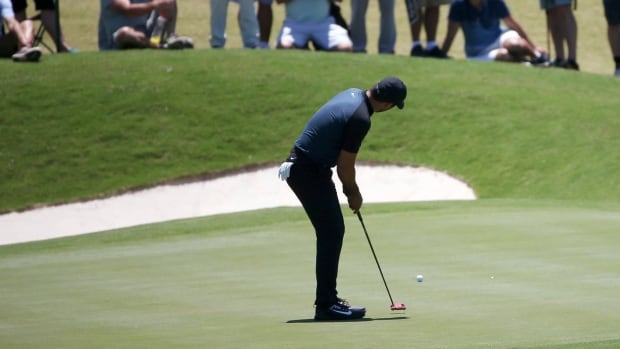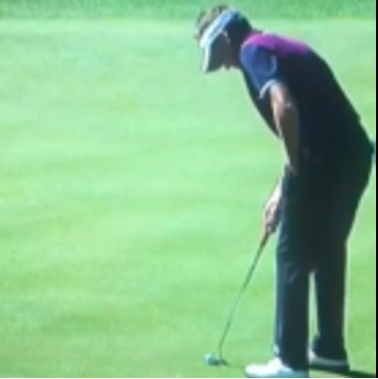Study: Golfers Make A Few More Putts Looking At The Hole
/Jordan Spieth does it from time to time and many instructors have advocated looking at the hole to help struggling putters. But according to a professor Sasho Mackenzie and student Neil MacInnis at St. Francis Xavier University, their studies show looking at the hole is productive.
But according to a professor Sasho Mackenzie and student Neil MacInnis at St. Francis Xavier University, their studies show looking at the hole is productive.
Thanks reader DGS for this Elizabeth McMillan CBC story on the study, that you can find here.
They held sessions over four days with 28 experienced golfers who tested the hypothesis with breaking putts — shots where the green slopes and golfers don't aim directly for the hole.
Forty per cent of the putts where golfers looked at the target line went in the hole — three per cent more than when they kept their eyes on the ball.
To put that in perspective, MacInnis said golfers typically make 33 putting strokes a round.
"It doesn't sound like it's a big difference but if you think about it in golf terms … you're going to save one stroke a round and that's actually very meaningful for golfers," he said.
















